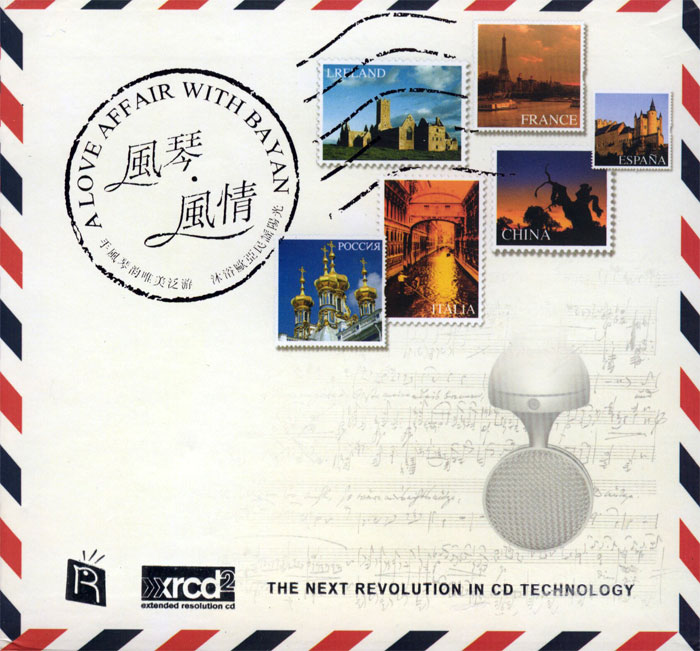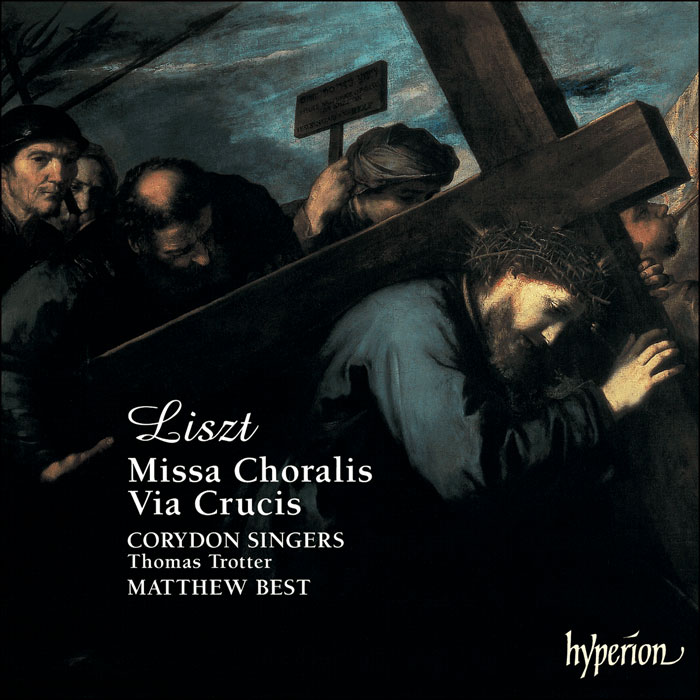Logowanie
Dlaczego wszystkjie inne nie brzmią tak jak te?
SpeakersCorner - OSTATNIE!!!!
RAVEL, DEBUSSY, Paul Paray, Detroit Symphony Orchestra
Prelude a l'Apres-midi d'un faune / Petite Suite / Valses nobles et sentimentales / Le Tombeau de Couperin
Samozapłon gwarantowany - Himalaje sztuki audiofilskiej
PROKOFIEV, Stanislaw Skrowaczewski, Minneapolis Symphony Orchestra
Romeo and Juliet
Stanisław Skrowaczewski,
✟ 22-02-2017
BARTOK, Antal Dorati, Philharmonia Hungarica
Dance Suite / Two Portraits / Two Excerpts From 'Mikrokosmos'
Samozapłon gwarantowany - Himalaje sztuki audiofilskiej
ENESCU, LISZT, Antal Dorati, The London Symphony Orchestra
Two Roumanian Rhapsodies / Hungarian Rhapsody Nos. 2 & 3
Samozapłon gwarantowany - Himalaje sztuki audiofilskiej
Winylowy niezbędnik
ClearAudio
Cartridge Alignment Gauge - uniwersalny przyrząd do ustawiania geometrii wkładki i ramienia
Jedyny na rynku, tak wszechstronny i właściwy do każdego typu gramofonu!
ClearAudio
Harmo-nicer - nie tylko mata gramofonowa
Najlepsze rozwiązania leżą tuż obok
IDEALNA MATA ANTYPOŚLIZGOWA I ANTYWIBRACYJNA.
Wzorcowe
Carmen Gomes
Celebrating the art and spirit of music - vol. 5 - Reference Songs
- CHCECIE TO WIERZCIE, CHCECIE - NIE WIERZCIE, ALE TO NIE JEST ZŁUDZENIE!!!
Petra Rosa, Eddie C.
Celebrating the art and spirit of music - vol. 3 - Pure
warm sophisticated voice...
SAMPLER - STS DIGITAL, Gregor Hamilton
Celebrating the art and spirit of music - vol. 2 - Love songs from Gregor Hamilton
...jak opanować serca bicie?...
SAMPLER - STS DIGITAL
Celebrating the art and spirit of music - vol. 1 - Leonardo Amuedo
Największy romans sopranu z głębokim basem... wiosennym
Lils Mackintosh
Celebrating the art and spirit of music - vol. 4 - A Tribute to Billie Holiday
Uczennica godna swej Mistrzyni
LISZT, Corydon Singers, Matthew Best
Missa Choralis and Via Crucis
- Missa Choralis, S10
- 1 Movement 1: Kyrie [6:22]
- 2 Movement 2: Gloria [4:57]
- 3 Movement 3: Credo [7:21]
- 4 Movement 4: Sanctus [3:09]
- 5 Movement 5: Benedictus [5:24]
- 6 Movement 6: Agnus Dei [6:07]
- Via Crucis, S53
- 7 Introduction: Vexilla regis prodeunt [3:48]
- 8 Station 01: Jesus is condemned to death [1:10]
- Nicholas Warden (bass)
- 9 Station 02: Jesus takes up the Cross [2:00]
- Leigh Melrose (baritone)
- 10 Station 03: Jesus falls the first time [1:21]
- 11 Station 04: Jesus meets his Blessed Mother [1:57]
- 12 Station 05: Simon of Cyrene helps Jesus carry the Cross [2:46]
- 13 Station 06: Veronica wipes the face of Jesus [2:06]
- 14 Station 07: Jesus falls the second time [1:22]
- 15 Station 08: The women of Jerusalem weep for Jesus [2:24]
- Leigh Melrose (baritone)
- 16 Station 09: Jesus falls the third time [1:24]
- 17 Station 10: Jesus is stripped of his clothes [1:39]
- 18 Station 11: Jesus is nailed to the Cross [0:58]
- 19 Station 12: Jesus dies on the Cross [7:07]
- Leigh Melrose (baritone)
- 20 Station 13: Jesus is taken down from the Cross [3:20]
- 21 Station 14: Jesus is laid in the tomb [5:12]
- Corydon Singers
- Matthew Best - conductor
- LISZT
GRAMOPHONE EDITOR'S CHOICE GRAMOPHONE CRITICS' CHOICE 'A disc in a million. Matthew Best gives the music’s every moment of excitement its full impact – stunning. Makes essential listening' (Gramophone) 'On excellent form, the Corydon Singers give an impassioned account, rich in tone and dynamic contrast and, above all, exemplary in the matters of ensemble and balance. Majestic sound' (Classic FM Magazine) 'I find the Corydon Singers' performance of Via Crucis utterly compelling and truly memorable … an essential Passiontide recording' (Organists' Review) 'Strongly recommended' (Fanfare, USA) --------------------------------------------------- Liszt's position as a composer for the Church has always been controversial. The paradox that the most modern composer of the age, the supporter of the revolutionary ideals of 1789, 1830 and 1848, ended up writing music for an institution regarded as a bastion of everything conservative and reactionary, has led to a questioning of Liszt's motives. With the rapidly advancing secularization of culture, Liszt was seen as disillusioned, and his decision to take minor orders in 1865 was considered a startling about-turn for one so worldly. In fact, Liszt wrote sacred music with reform in mind. The dismal state of church music in the first half of the nineteenth century, when it was common to hear opera cabalettas sung to liturgical words, encouraged him to go back to plainsong and the music of Palestrina for inspiration. Composed in 1865, the year he took minor orders, the Missa Choralis embodies these twin elements. The influence of plainsong pervades the thematic material, albeit refocused through Liszt's boldly original and expressively chromatic harmonic language. Via Crucis (1866-1878) is an extraordinary work. It is a devotion describing the journey of Christ carrying the Cross, divided into fourteen 'stations' or stages. Most Catholic churches have pictures or statuettes of these scenes along the walls of the nave, usually seven on each side. The devotion consists of meditations on each scene, usually in the form of prayers and singing. If the number of participants is not too large, they move around the church in a group, stopping at each station. This was what Liszt visualized when he composed the music, and in one of his most deeply personal works, he presents a series of radically expressionistic, intense miniatures.

























